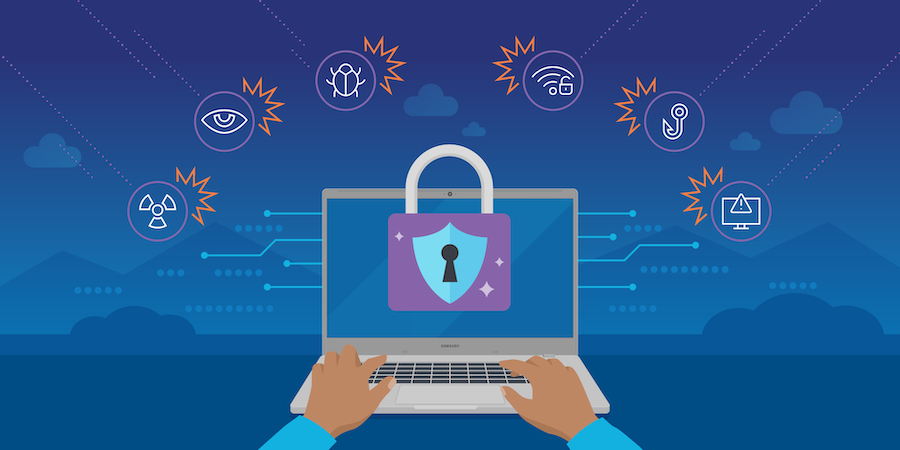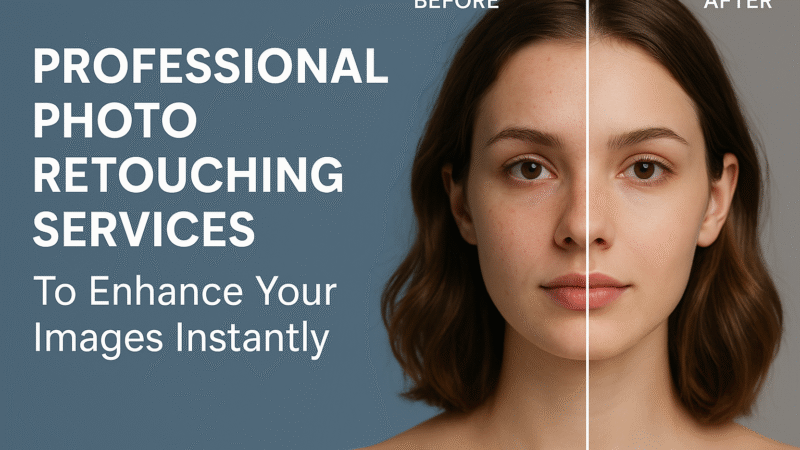A Complete Guide to SOC Compliance: Understanding AICPA SOC and the SOC 2 Audit Process

Introduction
In today’s digital-first world, one of the most respected ways to prove a commitment to data protection is through SOC compliance, particularly SOC 2, which is based on standards set by the AICPA (American Institute of Certified Public Accountants).
This comprehensive guide will walk you through what SOC compliance is, how AICPA SOC frameworks operate, and what steps are involved in a SOC 2 audit. Whether you’re a growing tech firm, a SaaS provider, or a company managing third-party data, this information is crucial for your compliance and security journey.
What is SOC Compliance?
SOC stands for System and Organization Controls. These are reporting frameworks created by the AICPA to evaluate and report on the internal controls of a service organization. SOC compliance demonstrates that a company has proper systems in place to ensure the security, availability, processing integrity, confidentiality, and privacy of data.
There are several types of SOC reports, but the most widely sought-after in modern industries — especially technology and cloud services — is SOC 2. Unlike SOC 1, which focuses on financial controls, SOC 2 reports assess a company’s operational and security practices around data handling and risk management.
SOC 2 is especially important for SaaS companies, managed service providers (MSPs), and other organizations offering cloud-based services. A SOC 2 compliant organization is one that has implemented robust internal controls that meet industry–recognized standards.
Understanding AICPA SOC and the Trust Services Criteria
The AICPA SOC framework forms the foundation for all SOC reports. Specifically for SOC 2, the report is built on the Trust Services Criteria (TSC) developed by the AICPA. These criteria cover:
- Security — Protection of data against unauthorized access and breaches.
- Availability — Ensuring systems are accessible and operational as promised.
- Processing Integrity — Ensuring systems process data completely, accurately, and timely.
- Confidentiality — Protecting information classified as confidential.
- Privacy — Personal information is collected, used, retained, disclosed, and disposed of in accordance with set principles.
A company can choose which of these categories to include in its SOC 2 audit, though the Security principle is mandatory for all reports.
The SOC 2 Audit Process
Achieving SOC compliance through a SOC 2 audit involves a structured, multi-phase process. Below is an overview of the typical steps:
1. Readiness Assessment
Before the formal audit begins, organizations conduct an internal readiness assessment. This step helps identify gaps in controls, assess current security practices, and prepare documentation. It’s an essential phase to ensure your organization is actually ready to pass the SOC 2 audit.
2. Control Implementation
Any gaps discovered during the assessment are addressed. This may include updating policies, enhancing network security, training employees, or implementing tools for logging, monitoring, and access control.
3. Defining Audit Scope
You’ll need to define the scope of your audit. This includes determining:
- Which Trust Services Criteria will be evaluated
- The systems and processes in scope
- Whether the audit will be Type I (point-in-time) or Type II (over a period, typically 6–12 months)
4. Formal Audit
A licensed CPA firm, following AICPA guidelines, conducts the audit. They examine documentation, interview team members, and test the design and effectiveness of your internal controls.
- Type I SOC 2 Audit: Evaluates the design of controls at a specific date.
- Type II SOC 2 Audit: Evaluates both the design and operating effectiveness of controls over time.
5. Audit Report
After the audit, the CPA firm provides a SOC 2 report detailing their findings. A clean report signifies that your company meets the selected Trust Services Criteria and has effectively implemented and maintained security controls.
Benefits of SOC Compliance
SOC compliance delivers significant benefits that extend beyond simply checking a box:
- Builds Customer Trust: A SOC 2 report demonstrates your commitment to security and privacy, making you a trustworthy partner.
- Fulfills Client and Vendor Requirements: Many enterprises now require SOC 2 compliance as part of their vendor onboarding process.
- Reduces Risk: The SOC 2 framework helps identify weaknesses in your infrastructure and improve internal processes.
- Competitive Advantage: Being SOC 2 compliant can help you stand out in competitive markets, especially in B2B tech sectors.
Common Challenges and How to Overcome Them
The path to SOC 2 compliance is not without challenges:
- Lack of Internal Expertise: Many businesses do not have in-house compliance experts.
- Time and Resource Constraints: Implementing controls and gathering evidence for the audit takes time.
- Ongoing Monitoring: Compliance is not a one-time event. Controls need to be maintained year-round.
The good news is that these challenges can be mitigated by working with a trusted partner.
Partner with Experts at Prowise Systems
At Prowise Systems, we specialize in helping organizations achieve and maintain SOC 2 compliance. Our team offers:
- Tailored gap assessments
- Documentation support
- Control implementation guidance
- Audit readiness preparation
- Continuous compliance monitoring
We help businesses align with AICPA SOC standards, streamline the SOC 2 audit process, and build a culture of compliance that drives long-term success.
Get Started Today
Don’t let the complexity of compliance slow your business down. If you’re ready to demonstrate your commitment to security, privacy, and operational excellence, we’re here to help.
👉 Visit Prowise to learn more and get started on your SOC 2 compliance journey today.


